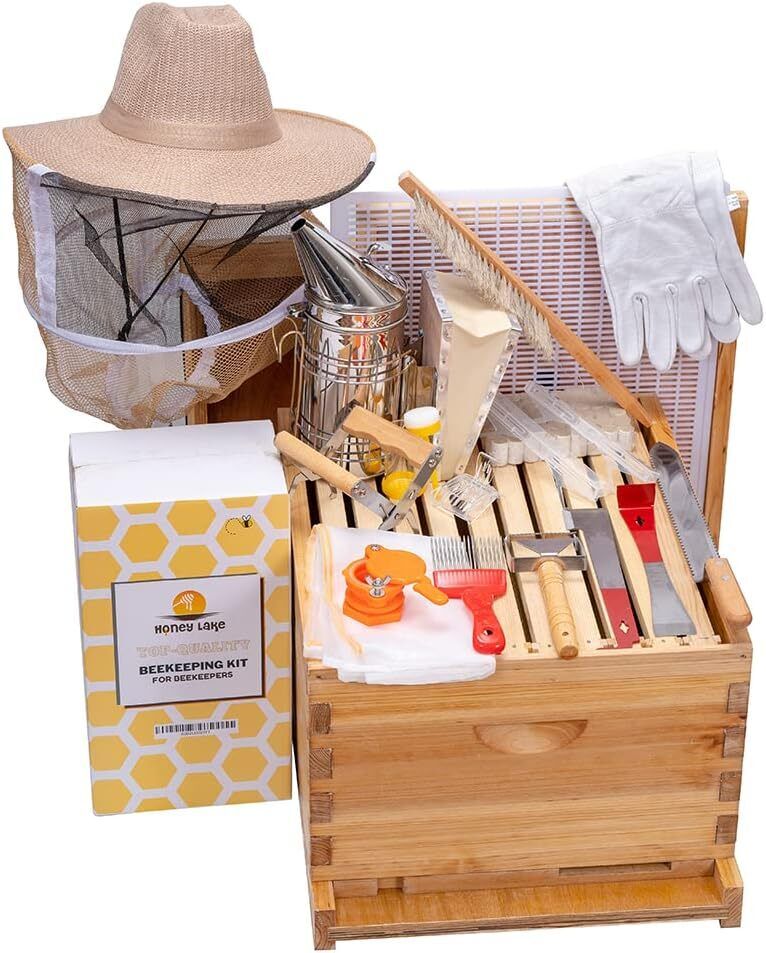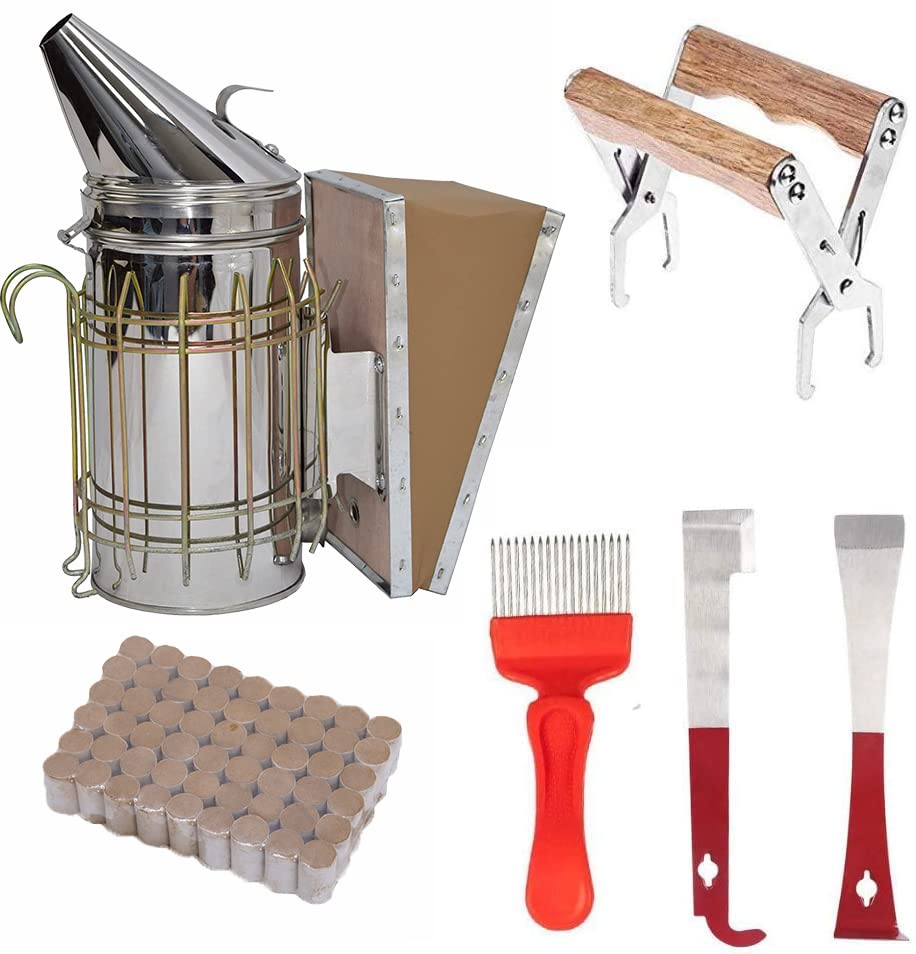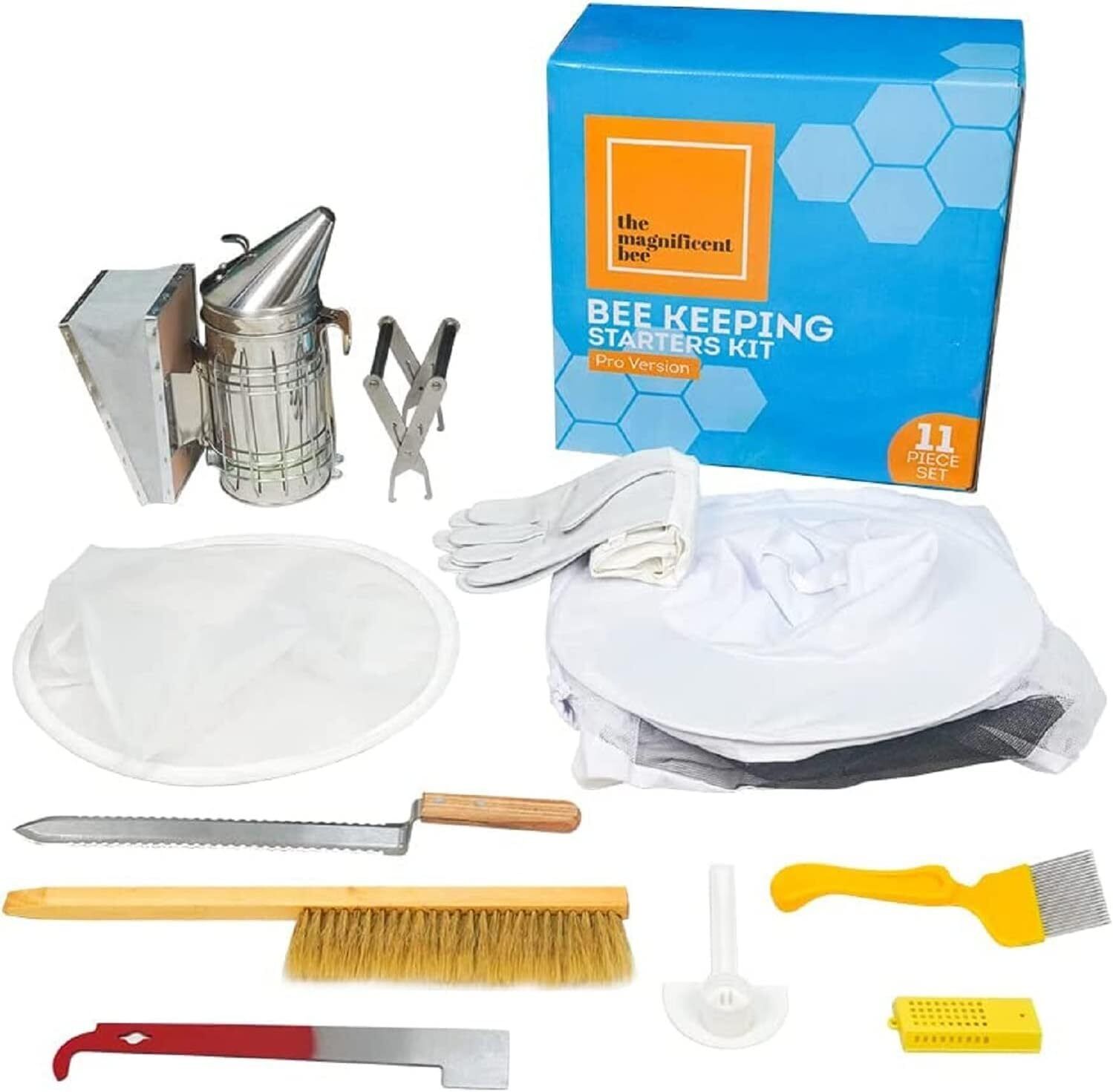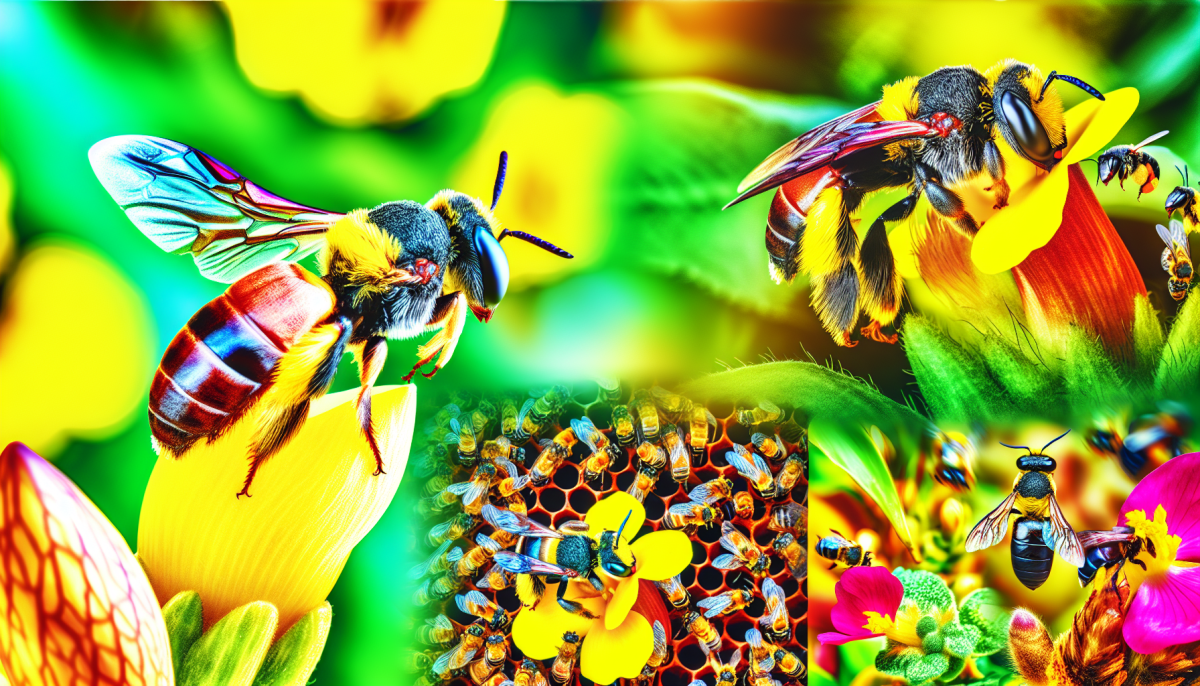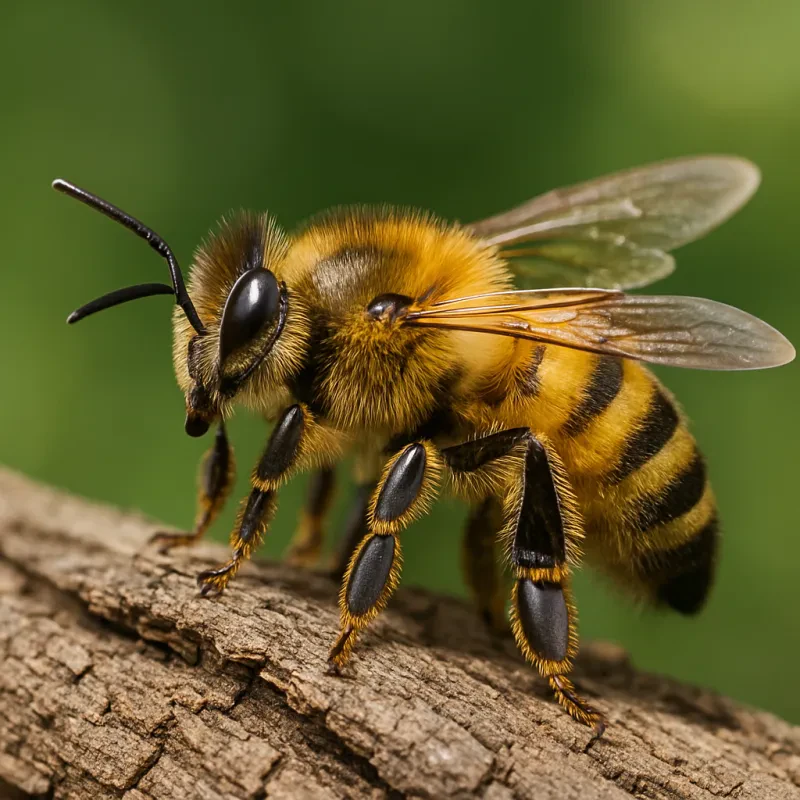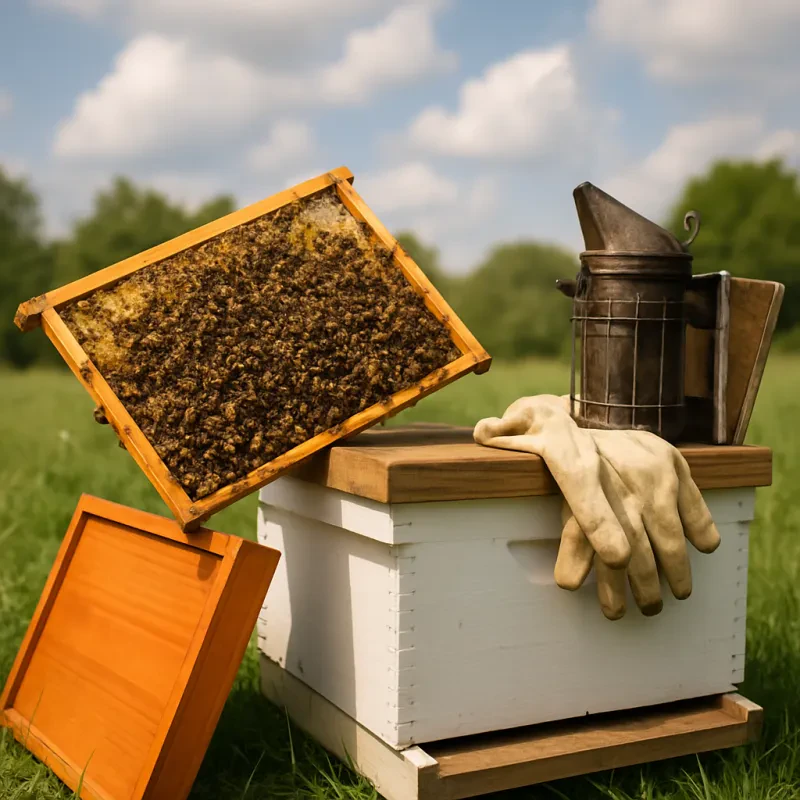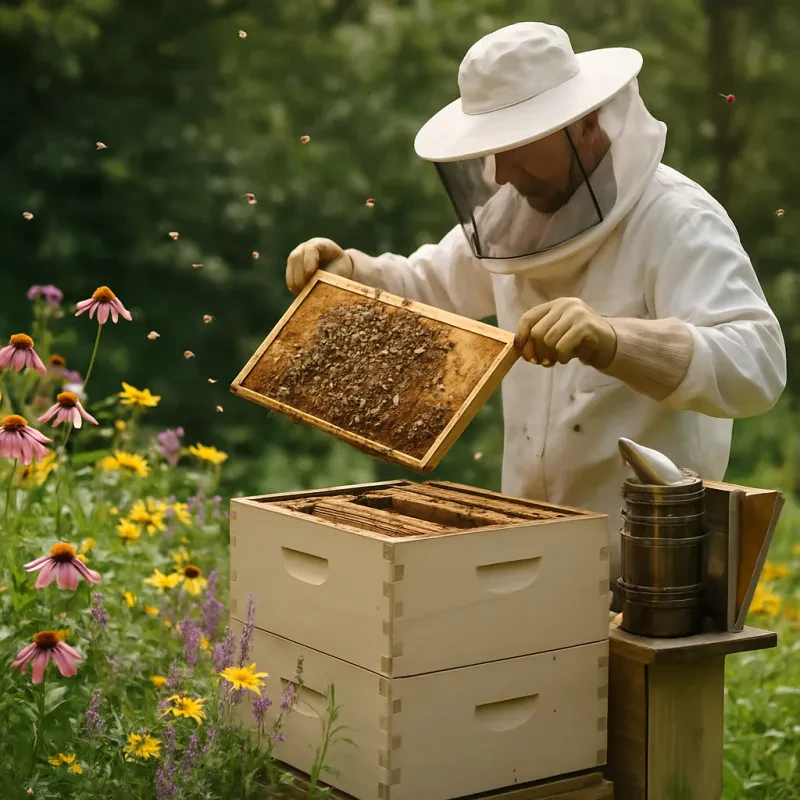If you’ve never heard of the trigona bee, you’re in for a treat! These tiny bees are part of the stingless bee family and are making a big splash in the world of pollinators. Unlike their more famous cousins, honeybees, trigona bees are docile and won’t give you a nasty sting. Their gentle nature makes them perfect for backyard beekeeping, especially if you have children or pets around.
The trigona bee is known for its incredible ability to pollinate a wide variety of plants. They love flowers, and their unique foraging habits help to boost the growth of fruits, vegetables, and flowers in gardens. If you’re looking to enhance your garden's health and productivity, attracting these little guys can really make a difference.
One of the most fascinating things about the trigona bee is their social structure. They live in colonies, with a queen, workers, and maybe even drones, all working together. Their hives are typically found in tree hollows or other protected spaces, and they produce a delicious form of honey that’s not only sweet but packed with health benefits—it’s even known for its medicinal properties!
Whether you’re a gardening enthusiast or just curious about these amazing creatures, getting to know the trigona bee can open up a whole new world of eco-friendly practices. These bees are vital to our ecosystems, and understanding their role can inspire us to create better environments for them to thrive. So next time you spot one buzzing around, take a moment to appreciate the hard work these little pollinators are doing!
Where to Find Trigona Bees
Finding a trigona bee isn't as hard as you might think! These tiny, stingless bees can usually be spotted in tropical and subtropical regions. If you're curious about where to look, there are a few great spots to check out.
First off, look for them in lush gardens and parks. Trigona bees are attracted to flowering plants because they love nectar just like other bees do. If you have a garden filled with colorful blooms, you might just catch a glimpse of these busy little workers buzzing around.
Another place to find trigona bees is near mango trees and other fruit-bearing plants. They are known to be great pollinators, so you’ll often see them hanging out where the fruits are. If you’re nearby during peak flowering seasons, you're in for a treat!
Don’t forget to explore forest areas or natural reserves as well. These bee species thrive in their natural habitat and can often be found nesting in tree trunks or in the ground. Bring your camera, as you might want to capture their interesting behavior and unique look!
Lastly, local beekeepers or community gardens might have trigona bees as part of their pollinator-friendly practices. Stopping by these places can give you a closer look at how they work and contribute to the ecosystem. So, get out there, explore, and enjoy watching these fascinating little creatures in action!
What Makes Trigona Bees Unique
The trigona bee is unlike any other bee you’ve probably seen buzzing around your garden. These small, stingless bees are primarily found in tropical regions, making them a true gem of biodiversity. What sets the trigona bee apart is its unique behavior and social structure. They live in colonies, just like honeybees, but with their own special twist.
One of the most fascinating things about the trigona bee is its ability to produce delicious honey that’s different from what you might find in a typical honey jar. This honey is often thicker and has a tangy flavor, thanks to the diverse flowers they forage from. Plus, because trigona bees are stingless, they are perfect for people who want to enjoy beekeeping without the worry of painful stings.
These bees also play a crucial role in pollination, often helping to boost the growth of various plants around them. Their pollination efforts can lead to better yields in crops and more vibrant flowers in gardens. Just think about it—by supporting trigona bees, you’re not only enjoying their sweet honey but also helping improve your local ecosystem.
Another cool fact about the trigona bee is their incredible teamwork. They communicate through a series of buzzes and dances, effectively sharing information with their colony members. This teamwork allows them to thrive and adapt to changing environments, making them resilient little pollinators. If you're curious about contributing to their well-being, consider planting native flowers to create a welcoming habitat for these marvelous creatures!
Caring for Your Trigona Bee Colony
First off, ensure that their habitat is clean and safe. Trigona bees prefer to live in natural cavities, like tree hollows. If you're keeping them in a man-made hive, make sure it's well-ventilated and protected from harsh weather. Regularly check for pests or diseases that might harm your colony.
Feeding your trigona bee colony is also essential. While they are great at foraging, in times of scarcity, providing sugar syrup or pollen patties can help keep them strong and healthy. Make sure to offer fresh supplies, especially during colder months when food may be scarce.
Lastly, remember that tranquility is crucial for your bees. Avoid making loud noises near the hive or disturbing their activities. Trigona bees are gentle and won’t bother you if you respect their space. Just sit back, relax, and enjoy watching them do their magic!
